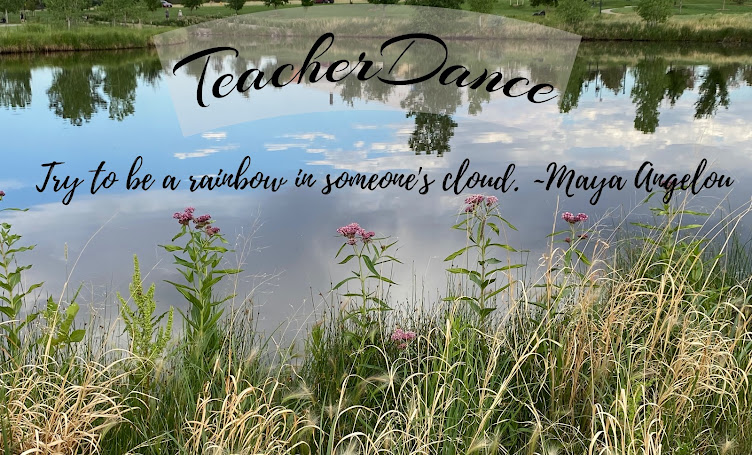Wednesday, December 14, 2016
Learning from N-F Picture Books
Thanks to Alyson Beecher's Non-Fiction Picture Book Challenge at Kidlit Frenzy, those who link up share fabulous non-fiction picture books. I am grateful for all that I've learned through reading these books.
I'm taking a break until the new year, wishing everyone a wonderful holiday with family and friends, and peace in the new year.
We discovered who Sally Hemings was some years ago, but little, according to the author's note at the back, is known about her children. In this story, we learn of one of her sons, among four children. Jonah Winter states that he has pieced together bits of information and fictionalized what might be James Madison Hemings' story. It is told by James himself, one rightly given in a solemn way, of the mystery that his mother shared with the children that their father was an important man. There is little cheer shown and they eventually discovered that he was not only their father, he was their owner. At first, this was a mystery to the children.
Being so light-skinned and resembling that man so clearly, it wasn't easy to pretend that they knew nothing. They were "owned" and lived all together in one room in a kind of dungeon, but they were treated a little better than other slaves. They did not have to work in the fields. They were taught a trade. And luckily, James was taught to read by one of his father's grandchildren. Sometimes they could play in the big house. Finally, they were freed as they became adults. James lived the remaining part of his life as a master carpenter. The final sentence is chilling: "All I know is what I have told you here. This is my family history. And this is American history." It is good to have these stories told, but I continue to regret that in my own education, they were never told. The illustrations are serious portraits of this life, beautifully showing the life and the beauty of the home and land of Thomas Jefferson, who was James' father, that "important man".
This book is considered fiction because it tells the story of the tree and what it observed in the years when Anne Frank was in hiding, yet it includes factual information and an Afterword that is true. It's a poignant telling of the life of a chestnut tree that lived outside the warehouse where Anne Frank and her family hid from the Nazis. It shows the small events those who know Anne's story are familiar with. Jeff Gottesfeld so gently gives feelings to the tree as she tells her story. She sees Anne loving writing, window gazing, and having her first kiss. And she sees the soldiers come, tear down the curtains and take Anne and those other people away. The story continues as the tree lives on. By the end of the twentieth century, she had lived a full life and was ready to die. For years, many tried to save her, but eventually, she died. Seed pods from the tree were collected and there is a list of the trees that have grown from those seeds, in special places around the world. This too has a solemn ending: "The tree recalled how few had tried to save the girl."
Subscribe to:
Post Comments (Atom)




Happy holidays!
ReplyDeleteThanks, Annette. Wishing you the same!
DeleteI read James Madison Hemings this week as well. It was an interesting story - I really want to read the historical fiction novel Jefferson's Sons.
ReplyDeleteIt's the second time I've seen The Tree in the Courtyard. I'll be on the lookout!
thanks for mentioning Jeffeeson's Sons. I'd forgotten about it. Enjoy The Tree In The Courtyard.
DeleteI want to read both of these. We have such a wealth of choices compared to what was available when we were growing up. I'm thankful.
ReplyDeleteI know what you mean. I've learned so many pieces of our history while reading beautiful picture books. Thanks Crystal!
Delete